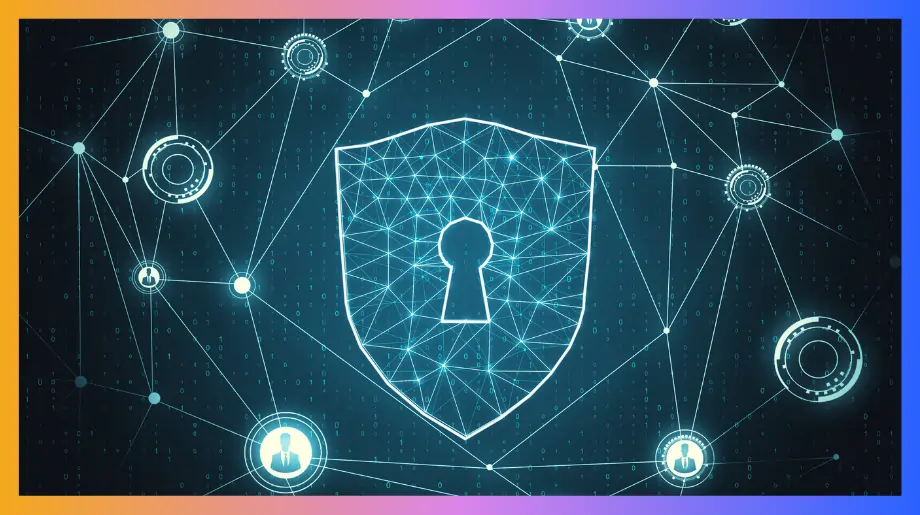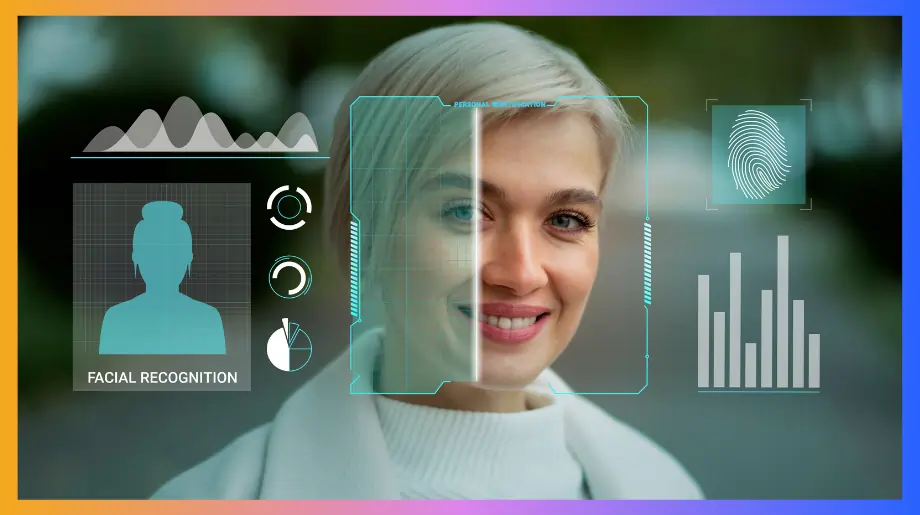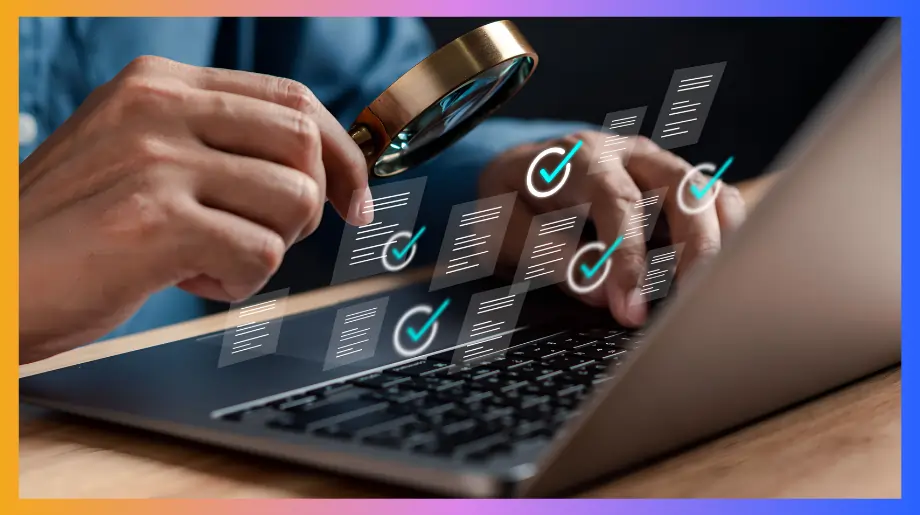On September 11th (Thursday), Apple announced a new security upgrade for its new iPhone 17 and iPhone Air devices. This new technology was announced alongside other new items. It is designed to counter the surveillance industry.
In addition, the tech company stated this new feature was made specifically to fight surveillance vendors and the security weaknesses they depend on. The feature is named Memory Integrity Enforcement (MIE).
According to a post from Apple's security team, this feature protects the core parts of the operating system. It also protects over 70 separate user-level programs, which are common targets. It is designed to stop memory corruption bugs.
These are the most common security weaknesses used by spyware developers and makers of forensic devices.
What Apple’s New iPhone Security Update Means for the Spyware Industry?
This new feature is a response to a series of security breaches. These breaches have affected noteworthy people and groups.
In fact, spyware from companies like NSO Group (makers of Pegasus) and Paragon (makers of Graphite) have recently used these same security weaknesses. This update also affects physical hacking tools from firms like Cellebrite or Graykey.
This shows a widespread weakness that Apple is now trying to fix. This trend is alarming for the surveillance industry. It suggests that their entire business model is at risk. Their business model depends on finding and using these bugs.
What Are Memory Corruption Bugs?
Memory corruption bugs are the vast majority of security weaknesses used by hackers, according to offensive cybersecurity expert Halvar Flake. They are a type of bug found in software. This software is written in programming languages that are prone to memory-related errors. These are often called memory overflow bugs.
Attack Method That MIE Stops:
- Triggering the Bug: First, a hacker triggers a memory bug. This can cause the contents of one app's memory to write to other parts of the device's memory where it should not go.
- Gaining Access: After that, their goal is to access and control parts of the device's memory they are not permitted to use. This access can be used to insert malicious code. This code then gains broader access to a person's private data and steals it over the internet.
- What's more, these security weaknesses are interchangeable and strong. They exist throughout the entire tech industry. This is what MIE aims to defend against. It does this by greatly lessening the number of places where these bugs can be used.
How Does Apple's MIE Prevent These Attacks?
The new MIE feature was created because security weaknesses were causing the device's memory to behave incorrectly. So to avoid this, it is very important to secure memory at the hardware level.
This shows that even strong software defenses can be bypassed. Apple's MIE is built on a technology from Arm called Memory Tagging Extension (MTE). It fundamentally changes the situation.
With MIE, Apple's system works by assigning a secret tag to each piece of the iPhone's memory.
- If an app tries to access a piece of memory, it must have the matching secret tag. If the secret does not match, the security feature activates. It blocks the request and crashes the app.
- In addition, this crash is logged. This is significant. It makes it easier for Apple and researchers to find spyware, which is more likely to cause such a crash.
But attackers will eventually find other ways. MIE is a major advancement, but it will take time to see its full effect. Third-party developers will have to add it to their own apps to improve protection. No system is ever completely safe.
Protecting Enterprise Ecosystems from Spyware
With software like Infisign, you can set up a system where user identities are decentralized.
- Users are also protected with advanced passwordless authentication. This method nearly removes the risk from phishing and vishing attacks. This is because there are no passwords to be stolen or given away by accident.
- In addition, putting a privileged access management (PAM) system in place makes sure that only a few highly authorized people can get to the most sensitive information. This ends up creating multiple layers of security.
Ready to look after your cloud data? Get in touch with the team at Infisign for a free trial.






















